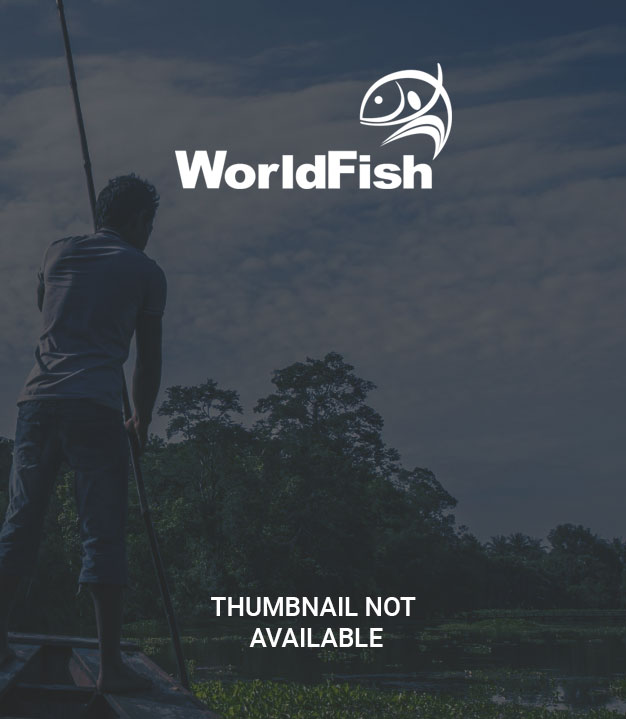
The study of dagaa trade on Lake Victoria for improved nutrition, food security and incomes was conducted by members of the LVFO Regional Socio-economics Working Group from NaFIRRI, KMFRI and TAFIRI with funding from the European Union provided under the Fish Trade Program of WorldFish, titled “Improving Food Security and Reducing Poverty through intra-regional Fish Trade in Africa.” Dagaa was chosen due to its importance on Lake Victoria for nutritional values and as source of food security, incomes and foreign exchange earnings for the region. Dagaa production on Lake Victoria showed a steady rise in volume from 418,590 to 674,616 tonnes between 2010 and 2015, attributed to increases in the stocks of dagaa, which attracted increased effort into the fishery. Uganda and Tanzania were exporters of dagaa while Kenya was an importer. The volume exported rose from 12,449 to 29,065 tonnes between 2010 and 2011 before it fell to 18,196 tonnes in 2015, attributed to increasing domestic demand for dagaa, especially in industrial feed production. The main dagaa export destinations for Uganda and the average annual exports between 2010 and 2015 in tonnes were DRC (15,015 tonnes), Kenya (4,374 tonnes) and South Sudan (4,069 tonnes). Tanzanian exports were destined for Rwanda and DRC (31%) and Kenya (69%) Dagaa was utilised in the region as human food in only a small proportion of less than 30% and the rest going into industrial feed mills as raw material for production of feeds for poultry, fish and livestock. High post-harvest loss was a key feature of dagaa trade in the region, including rotting or spoilage of dagaa due to insufficient sun-heat to dry it, particularly during rainy seasons.